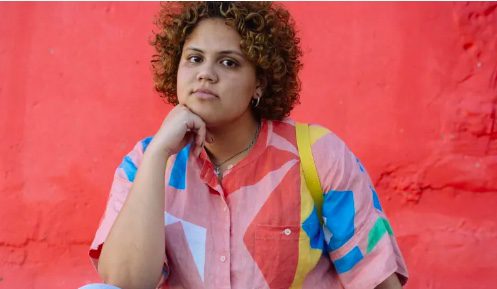
The Foster Care to Human Trafficking Pipeline: Why Children and Teens in Foster Care are More Likely to Be Trafficked
What is Human Trafficking?
Though the phrase “human trafficking” has been generating much interest in the last couple months, many of us are not sure what human trafficking exactly is and its prevalence in the United States.
According to the United States Department of Homeland Security, human trafficking is “modern-day slavery and involves the use of force, fraud or coercion to obtain some type of labor or commercial sex act.”
Globally, millions of children, teens, and adults are victims to human trafficking crimes each year. In the United States alone, the FBI estimates that more than 100,000 children and teens are victims of sex trafficking.
Misconceptions and Misunderstands of Human Trafficking
Due to recent resurgences of false information about human trafficking in the United States, there are many misconceptions floating around the internet. SOS Illinois believes that it is important to identify these facts in order to understand the actual grave impact of human trafficking on youth in care:
- Human trafficking happens all across the United States. Though many consider human trafficking to only occur in major cities, human trafficking often occurs in the suburbs, rural communities, and both wealthy and underserved towns.
- Though human trafficking can occur anywhere, major events are often locations where human trafficking occurs with greater volume, such as during the Superbowl, the Olympics, and more.
- Many human trafficking victims are afraid to reach out for help and may never feel comfortable speaking out about being a trafficking victim. Many trafficking victims are threatened or abused in order to keep their silence. There is often not an easy way to leave a trafficking situation, and many trafficked victims are fully cut off from their support networks.
The Connection Between Foster Care and Human Trafficking
As human trafficking rings and leaders often target those that are most vulnerable, youth and teens previously or presently in foster care are often sourced. In fact, the National Foster Youth Institute recently estimated that 60 percent of child sex trafficking victims have been within foster care (or another part of the larger child welfare system).
A number of high-risk attributes for human trafficking are aligned with experiences of many children and teens in foster care, including:
- Children and teens with adverse childhood experiences (ACEs) and/or who have experienced trauma, especially those with Post Traumatic Stress Disorder (PTSD).
- Those who have a history of running away
- Those who have diagnosis or undiagnosed depression and behavioral conditions
- Those who are experiencing homelessness, including those who are LGBTQ+ and those who have aged out of the foster care system
- Those who are unemployed or lack a sense of security through income and/or relationships
As a result of this alarming parallel, child welfare agencies and organizations often do staff and peer training to recognize when a child or teen is being groomed for trafficking, or how to spot an active human trafficking victim.
Recent stories about human trafficking in the United States and abroad have made headlines. Many of these stories have offered false narratives and theories about human trafficking rings and human trafficking leaders. These theories unfortunately cloud the actual threat of human trafficking for many children, teens, and adults across the nation, especially those currently or formerly in foster care.
